Carol Bove at Nasher Sculpture Center: rust, ripples and material illusion
At the Nasher Sculpture Center, Texas, an exhibition by American artist Carol Bove reflects on 20th-century traditions and pushes metal to its limits
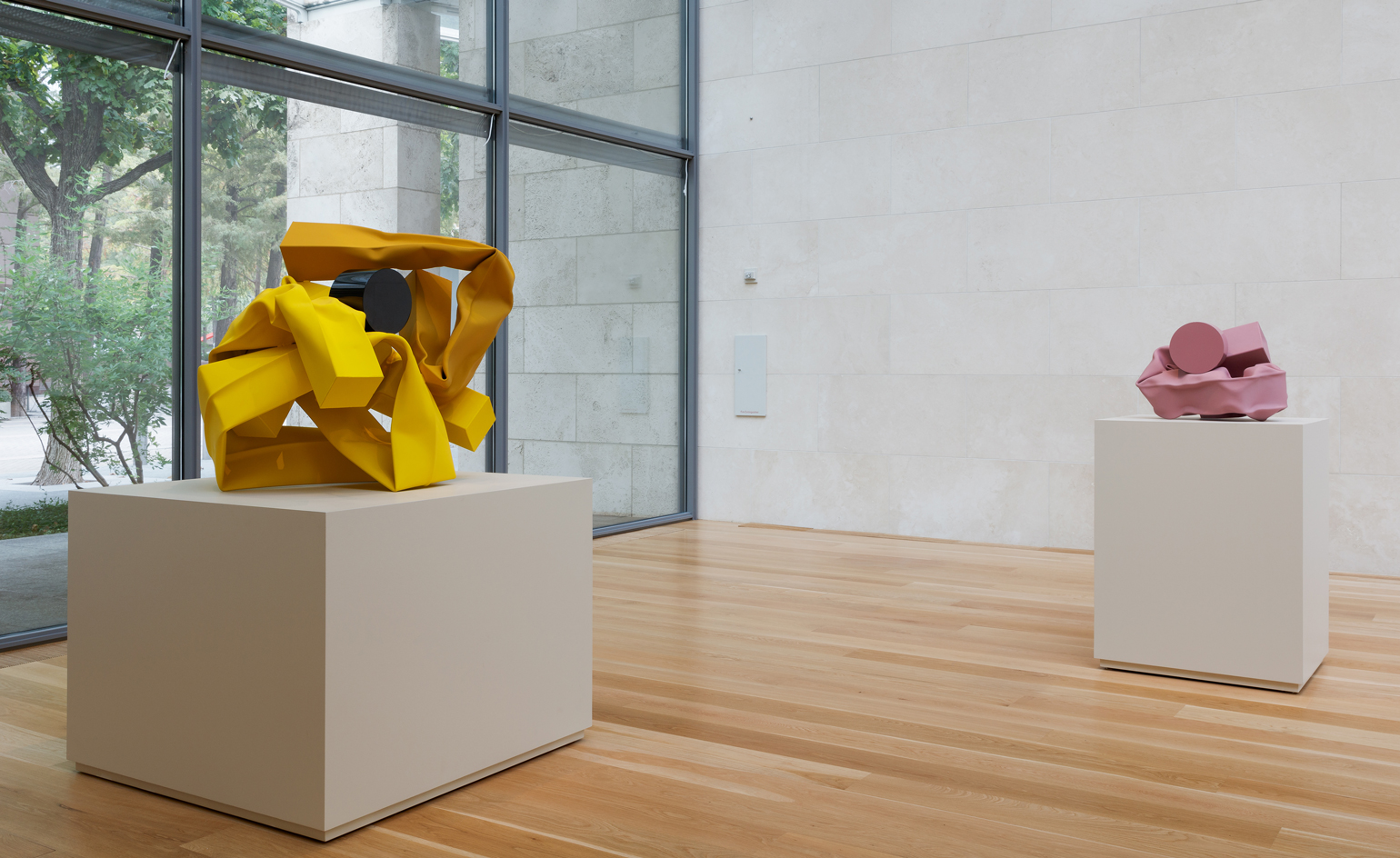
At the Nasher Sculpture Center, in Dallas, Texas, ‘Carol Bove: Collage Sculptures’ marks the first major museum presentation focused solely on the American artist’s assembled steel sculptures.
The show features nine ‘collage sculptures’ (as the artist refers to them), from the last five years, two of which have been made especially for the Nasher’s exhibition. From a monumental outdoor sculpture to an intimate tabletop composition, the show highlights the versatility of Bove’s work; a lesson in materiality.
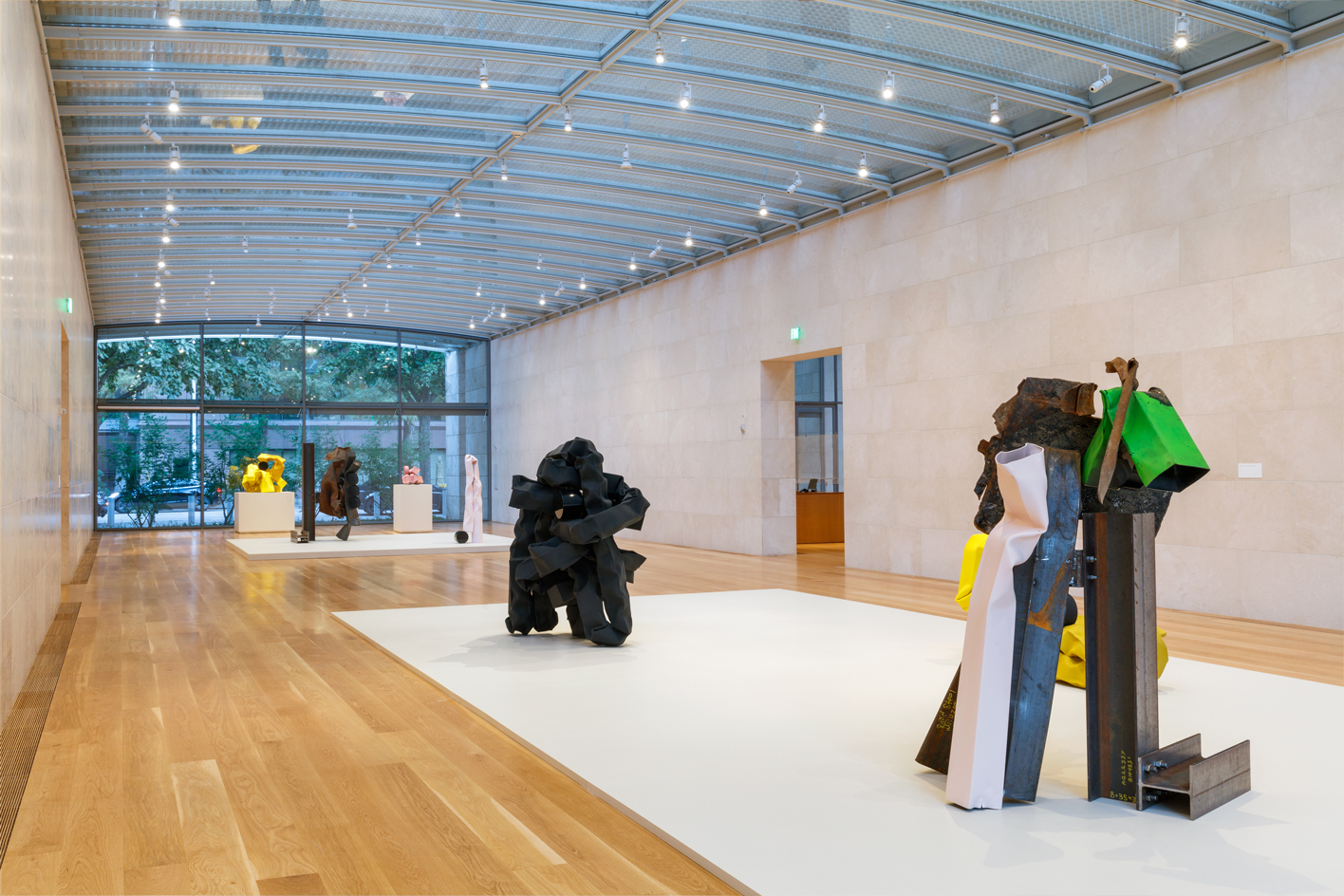
‘Carol Bove is an artist of tremendous range and subtlety,’ says director Jeremy Strick, director of the Nasher Sculpture Center. ‘Her work deftly expands traditional sculptural precedents into physically and conceptually fresh, revelatory new forms that confound and delight.’
Bove, who has just installed four sculptures on the façade of The Met Fifth Avenue in New York, is skilled at making the most robust of materials look malleable, foldable and flexible, as though they might ripple or buckle with the wind, or crease like fabric. As the artist vividly describes, these sculptures are ‘a story of movement and pressure, force and softness’.
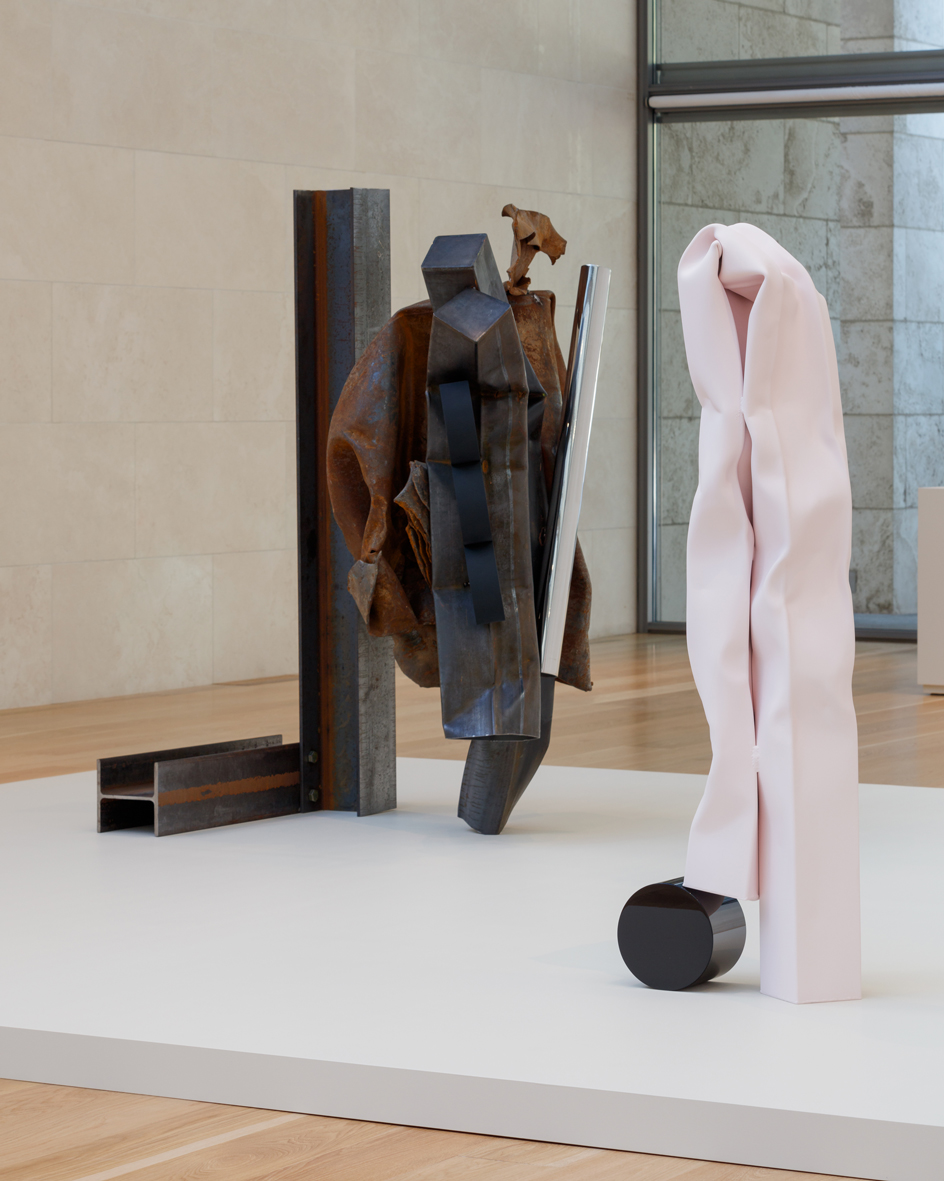
By welding and bolting together different forms of steel, and shaping the material with a variety of tools, Bove finds new possibilities in found and industrial materials, and fresh potential in sculptural traditions previously deemed exhausted. We see scrap metal riddled with raw rust combined with tube-like forms coated in dense, matte layers of colour that suggest something altogether more synthesised, digitally rendered and immune to elemental destruction.
‘The materials, processes, and syntax of Bove’s nascent sculptures seemed profoundly familiar to me, but there were, thrillingly, elements of the unknown, as if this long-familiar approach to sculpture could lead into places not yet imagined’, said curator Catherine Craft on seeing early iterations of Bove’s new work.
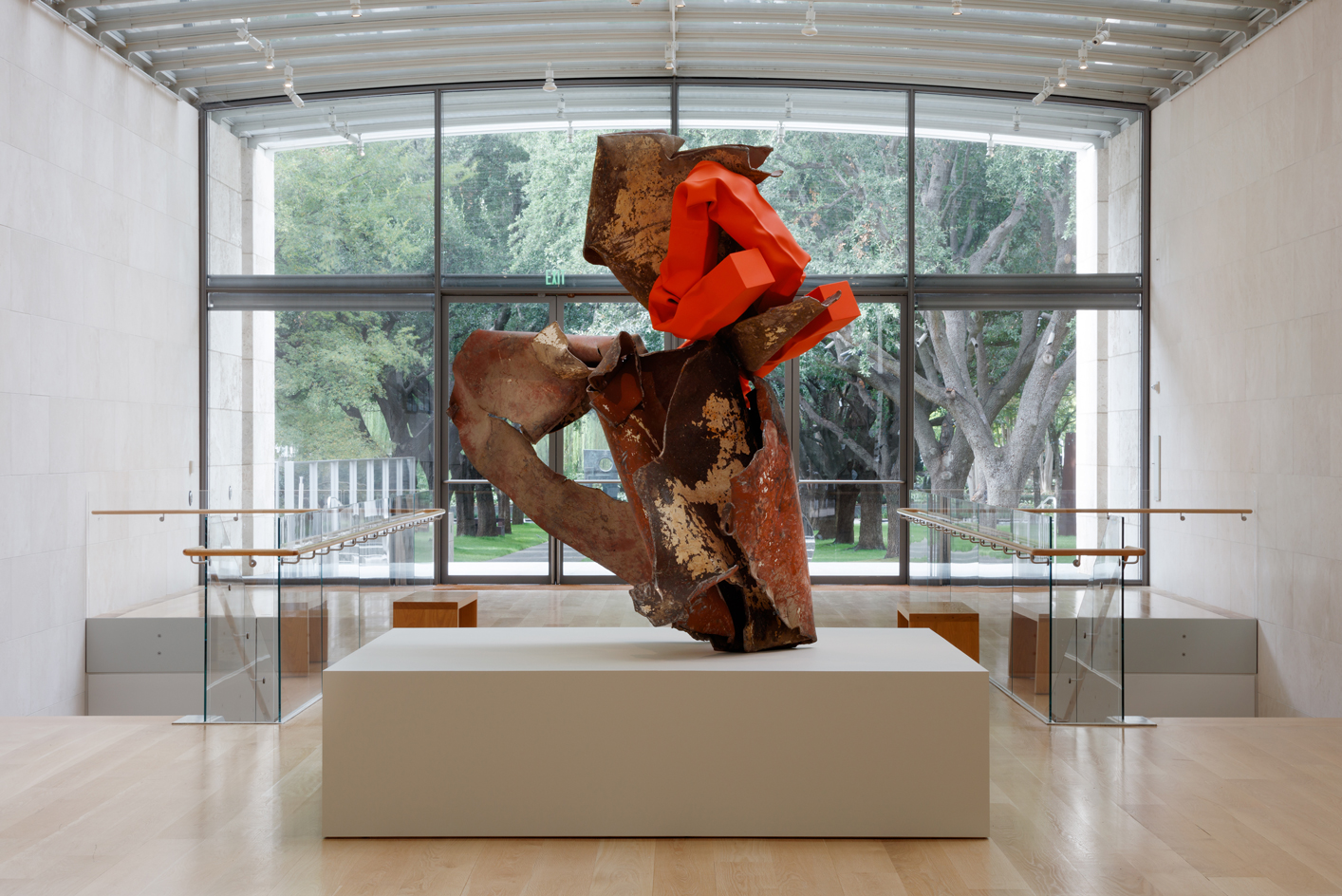
Bove’s bold use of colour and form also references the traditions of 20th-century sculpture: from the yellow hues of Willem de Kooning to the cadmium red favoured by Donald Judd to emphasise line and texture; and the mid-century public sculpture of Mark di Suvero, Richard Serra, and John Chamberlain.
Continuing a theme of 20th-century reflection, Bove and Craft have curated a separate show of small works, miniatures, maquettes and models by artists including Alberto Giacometti, Pablo Picasso, and Henry Moore, that survey wide-ranging experiments in scale.
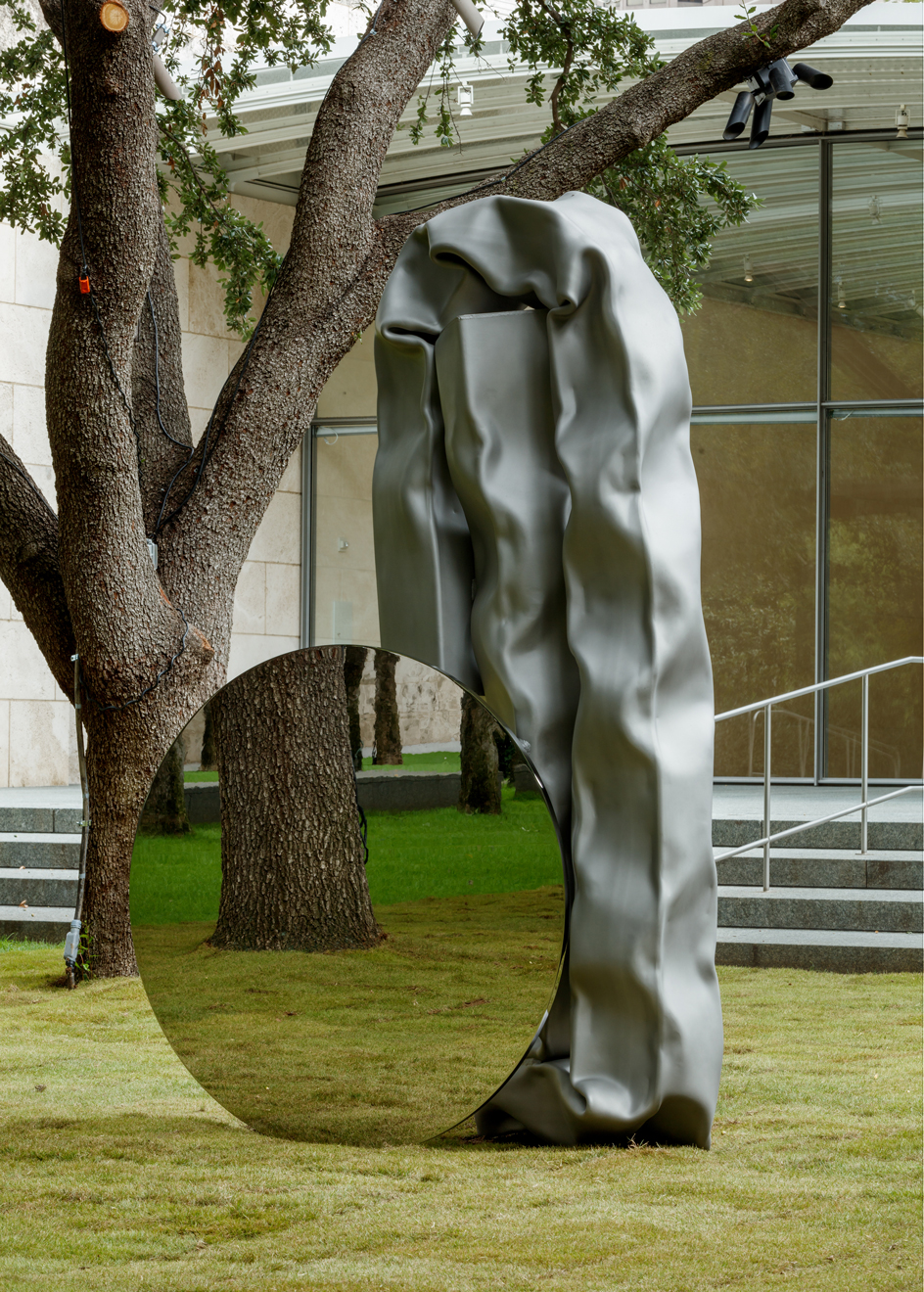
INFORMATION
‘Carol Bove: Collage Sculptures’, until 9 January 2022, Nasher Sculpture Center, nashersculpturecenter.org
Wallpaper* Newsletter
Receive our daily digest of inspiration, escapism and design stories from around the world direct to your inbox.
Harriet Lloyd-Smith was the Arts Editor of Wallpaper*, responsible for the art pages across digital and print, including profiles, exhibition reviews, and contemporary art collaborations. She started at Wallpaper* in 2017 and has written for leading contemporary art publications, auction houses and arts charities, and lectured on review writing and art journalism. When she’s not writing about art, she’s making her own.
-
 Extreme Cashmere reimagines retail with its new Amsterdam store: ‘You want to take your shoes off and stay’
Extreme Cashmere reimagines retail with its new Amsterdam store: ‘You want to take your shoes off and stay’Wallpaper* takes a tour of Extreme Cashmere’s new Amsterdam store, a space which reflects the label’s famed hospitality and unconventional approach to knitwear
By Jack Moss
-
 Titanium watches are strong, light and enduring: here are some of the best
Titanium watches are strong, light and enduring: here are some of the bestBrands including Bremont, Christopher Ward and Grand Seiko are exploring the possibilities of titanium watches
By Chris Hall
-
 Warp Records announces its first event in over a decade at the Barbican
Warp Records announces its first event in over a decade at the Barbican‘A Warp Happening,' landing 14 June, is guaranteed to be an epic day out
By Tianna Williams
-
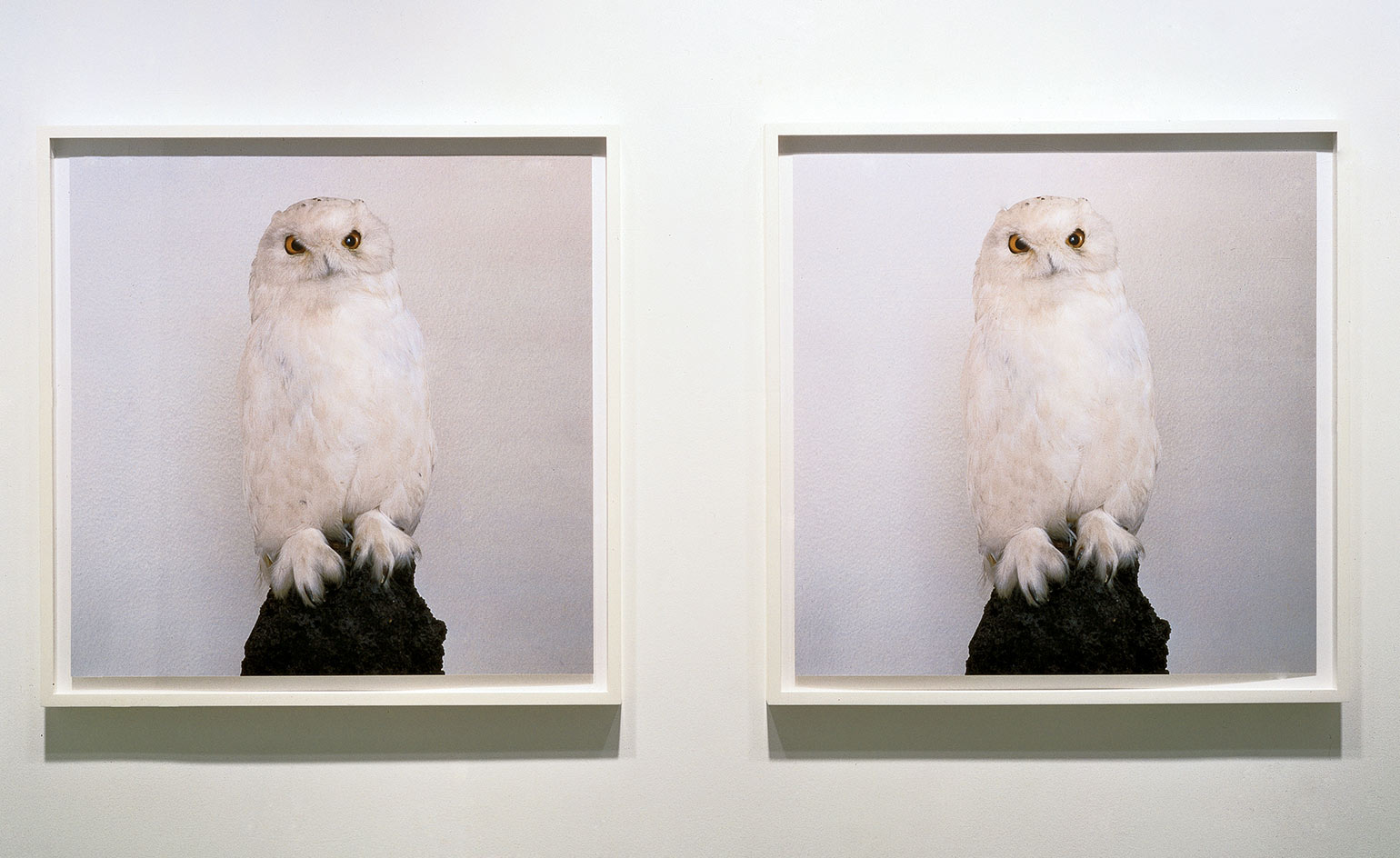 Roni Horn explores death, rats and Emily Dickinson
Roni Horn explores death, rats and Emily DickinsonAmerican artist Roni Horn explores the inscrutability of death, optical perception and the poetry of Emily Dickinson at Château La Coste, Provence
By Harriet Lloyd-Smith
-
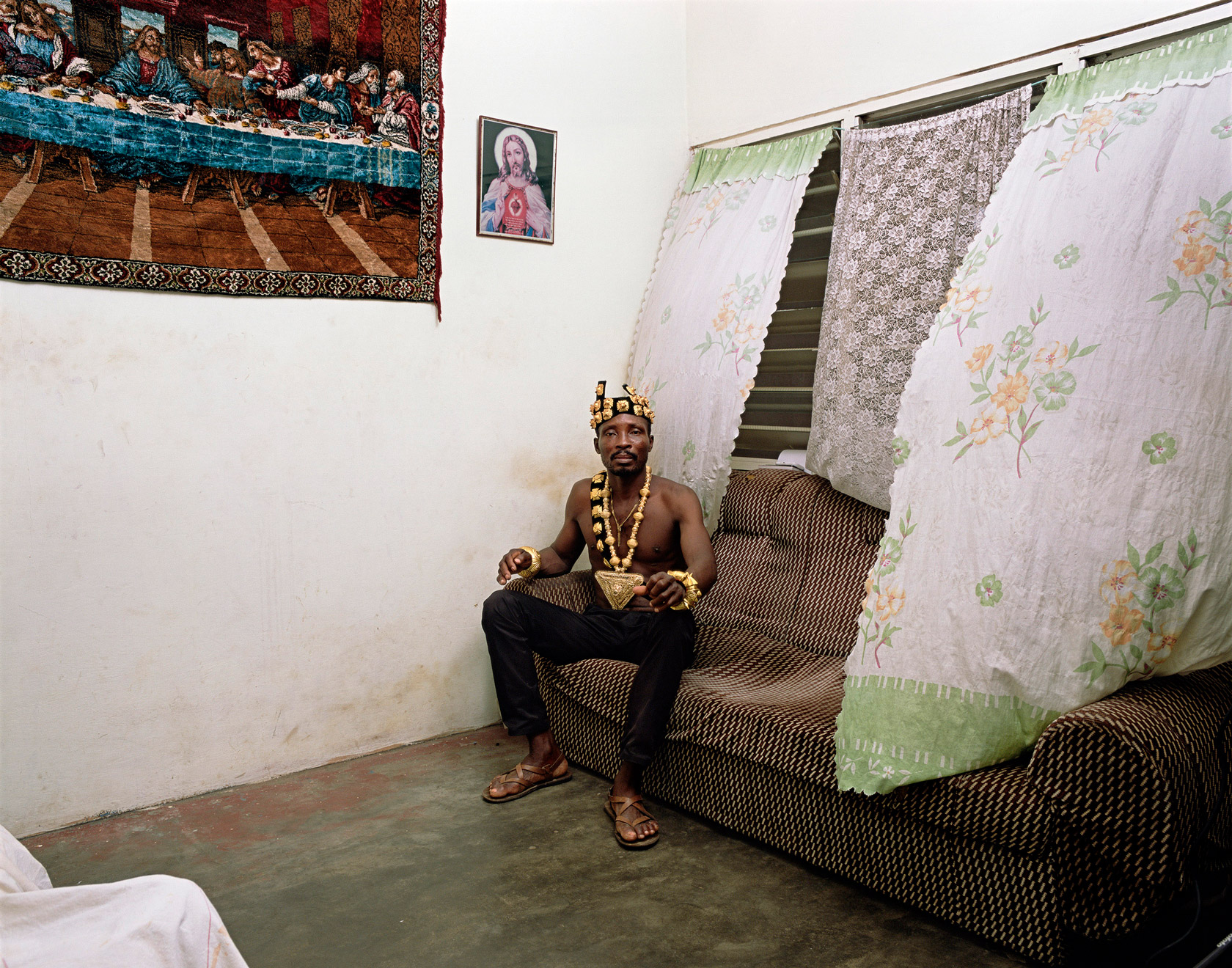 Deana Lawson’s intimate and resplendent visions of Black life
Deana Lawson’s intimate and resplendent visions of Black lifeIn her largest exhibtion to date, American artist Deana Lawson explores representations of Black identity through majestic and celebratory photographs
By Jareh Das
-
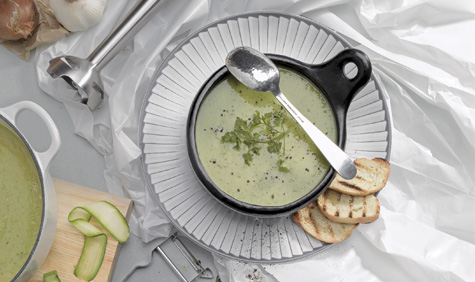 Artist's Palate: Christo and Jeanne-Claude
Artist's Palate: Christo and Jeanne-ClaudeBy Melina Keays